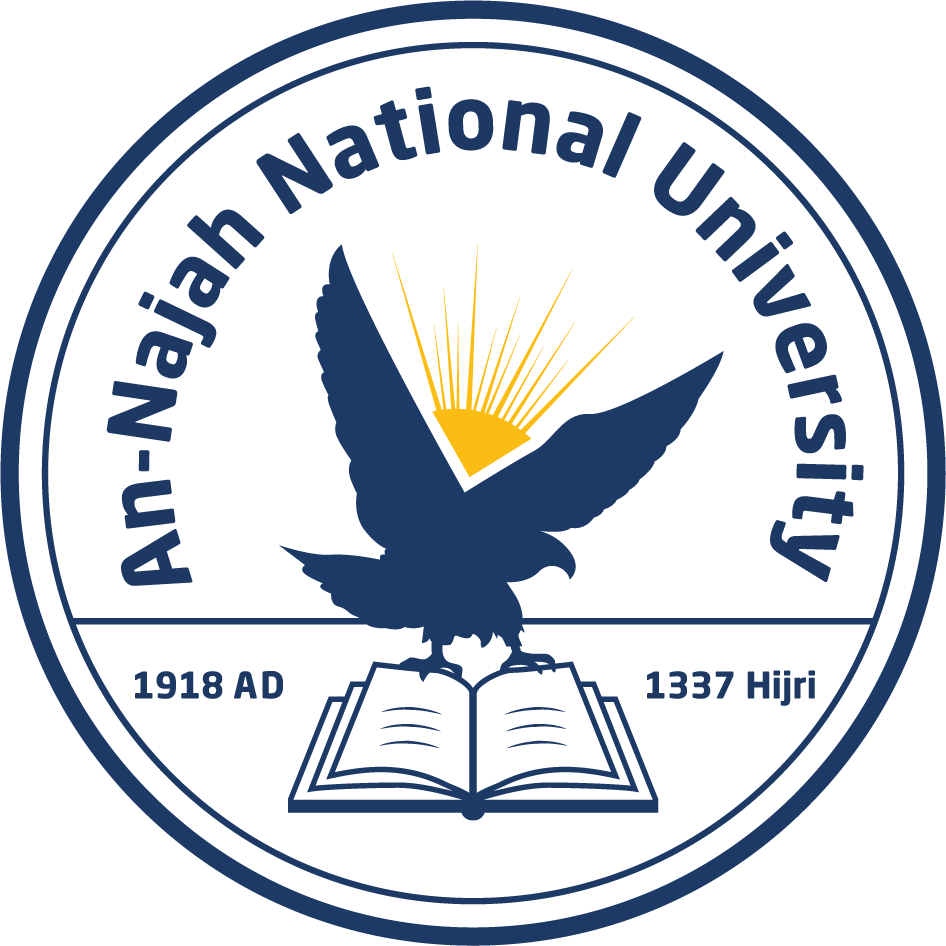Facilities
- Current available on-campus facilities for labs and clinical rotations:
- Primary Optometric Care Clinic (17B1150)
- Advanced Optometric Clinic (19B1020)
- Vision Rehabilitation Clinic (19G010)
- Dispensing Clinic (19B2090)
- Ophthalmology Eye Clinic at An-Najah National University Hospital
Industry
Community outreachprograms lies at the essence of our clinical program, where clinical services, spectacles, and devices are provided through the university’s Optometry Clinic free of charge to members of the community who are disadvantaged financially. In addition, adults and pediatric vision screenings are scheduled on a weekly basis in the city of Nablus and in villages and towns in the West Bank that do not have easy access to heath care. Exposure to this different practice modality will allow students to develop awareness of political, geographical, and health issues that may interfere with access to eye care.
The optometry program is continually working to develop its relationship with the local, national and international optometric organizations, eye hospitals and optometric industries. This has been established through joint programs and researh with the European Union through the Erasmus program, signing memorandum of understanding with local clinical training sites, and participating in national and international conferences through lecture and research presentations.
Teaching and Learning
Combinations of teaching methods have been utilized by the department of optometry to ensure student receive a well-rounded exceptional learning experience. The first year consists of lecture-based courses that are usually delivered through power point presentations. The second year consists of lecture-based courses, which are combined with wet labs. This allows students to practice the theoretical knowledge they gain during their courses in a fully equipped laboratory setting. In the third and forth years, the majority of the course load involves clinical work, where students are exposed to direct patient care. Case presentations, problem-based learning and analytical rountable discussions are major components of the teaching and learning methods during the last two years of the program.
Coursework and Assessment
Theoretical courses are evaluated through a first, second and a final exam that usually consist of multiple choice and short-answer questions. Quizzes, assignments and presentations may be used in conjunction to strengthen the students’ knowledge, and allow them to develop self-teaching techniques.
Practical courses are assessed using a standardized ruberic evaluation. The focus of ruberic evaluations is to ensure students are developing the required clinical skills. Problem-based assessment is also utilized by requiring students to conduct case presentations, develop clinical guidelines, and write case reports
